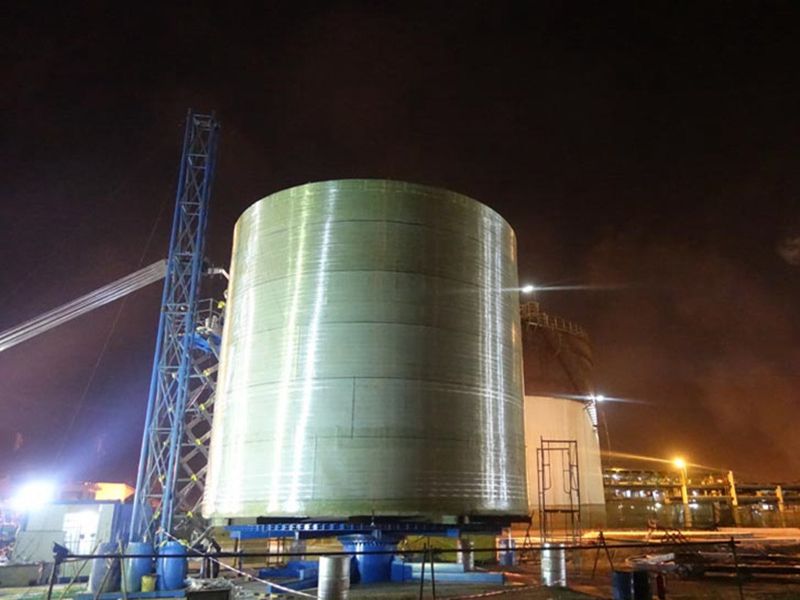
-
 Afrikaans
Afrikaans -
 Albanian
Albanian -
 Amharic
Amharic -
 Arabic
Arabic -
 Armenian
Armenian -
 Azerbaijani
Azerbaijani -
 Basque
Basque -
 Belarusian
Belarusian -
 Bengali
Bengali -
 Bosnian
Bosnian -
 Bulgarian
Bulgarian -
 Catalan
Catalan -
 Cebuano
Cebuano -
 China
China -
 China (Taiwan)
China (Taiwan) -
 Corsican
Corsican -
 Croatian
Croatian -
 Czech
Czech -
 Danish
Danish -
 Dutch
Dutch -
 English
English -
 Esperanto
Esperanto -
 Estonian
Estonian -
 Finnish
Finnish -
 French
French -
 Frisian
Frisian -
 Galician
Galician -
 Georgian
Georgian -
 German
German -
 Greek
Greek -
 Gujarati
Gujarati -
 Haitian Creole
Haitian Creole -
 hausa
hausa -
 hawaiian
hawaiian -
 Hebrew
Hebrew -
 Hindi
Hindi -
 Miao
Miao -
 Hungarian
Hungarian -
 Icelandic
Icelandic -
 igbo
igbo -
 Indonesian
Indonesian -
 irish
irish -
 Italian
Italian -
 Japanese
Japanese -
 Javanese
Javanese -
 Kannada
Kannada -
 kazakh
kazakh -
 Khmer
Khmer -
 Rwandese
Rwandese -
 Korean
Korean -
 Kurdish
Kurdish -
 Kyrgyz
Kyrgyz -
 Lao
Lao -
 Latin
Latin -
 Latvian
Latvian -
 Lithuanian
Lithuanian -
 Luxembourgish
Luxembourgish -
 Macedonian
Macedonian -
 Malgashi
Malgashi -
 Malay
Malay -
 Malayalam
Malayalam -
 Maltese
Maltese -
 Maori
Maori -
 Marathi
Marathi -
 Mongolian
Mongolian -
 Myanmar
Myanmar -
 Nepali
Nepali -
 Norwegian
Norwegian -
 Norwegian
Norwegian -
 Occitan
Occitan -
 Pashto
Pashto -
 Persian
Persian -
 Polish
Polish -
 Portuguese
Portuguese -
 Punjabi
Punjabi -
 Romanian
Romanian -
 Russian
Russian -
 Samoan
Samoan -
 Scottish Gaelic
Scottish Gaelic -
 Serbian
Serbian -
 Sesotho
Sesotho -
 Shona
Shona -
 Sindhi
Sindhi -
 Sinhala
Sinhala -
 Slovak
Slovak -
 Slovenian
Slovenian -
 Somali
Somali -
 Spanish
Spanish -
 Sundanese
Sundanese -
 Swahili
Swahili -
 Swedish
Swedish -
 Tagalog
Tagalog -
 Tajik
Tajik -
 Tamil
Tamil -
 Tatar
Tatar -
 Telugu
Telugu -
 Thai
Thai -
 Turkish
Turkish -
 Turkmen
Turkmen -
 Ukrainian
Ukrainian -
 Urdu
Urdu -
 Uighur
Uighur -
 Uzbek
Uzbek -
 Vietnamese
Vietnamese -
 Welsh
Welsh -
 Bantu
Bantu -
 Yiddish
Yiddish -
 Yoruba
Yoruba -
 Zulu
Zulu
extension of a threaded rod how to properly extend a ...
How to Properly Extend a Threaded Rod
Threaded rods, often used in construction and mechanical applications, serve as essential components for fastening and supporting various structures. However, there are instances when the length of a threaded rod may need to be extended. Properly extending a threaded rod is crucial for ensuring structural integrity and functionality. Here’s a step-by-step guide on how to effectively extend a threaded rod.
1. Assess the Need for Extension
Before beginning the extension process, it's important to determine why an extension is necessary. Consider factors like the load requirements, the environment in which the rod will be used, and any potential safety issues. Knowing the purpose will help in selecting the right materials and methods for the extension.
2. Choose the Right Materials
When extending a threaded rod, always use materials that match the original rod in terms of size, strength, and corrosion resistance. This typically means selecting the same type of threaded rod (e.g., stainless steel, carbon steel) and ensuring that any additional components, such as nuts and washers, are compatible.
3. Determine the Extension Method
There are several methods to extend a threaded rod
- Coupling Nuts One of the simplest and most effective methods is to use a coupling nut. This is a long nut that connects two threaded rods. Simply screw one end of the coupling nut onto the existing rod and insert the new rod into the other end. Ensure it is tightened securely to handle the expected load.
extension of a threaded rod how to properly extend a ...

- Welding For applications requiring a permanent bond, welding the additional length to the existing rod might be appropriate. This method should be done by a professional welder to ensure that the integrity of the rod is maintained.
- Threading If the end of a rod is not already threaded, you can cut new threads using a die. After threading, you can either use a coupling nut or combine it with another rod.
4. Secure the Extension
Once the extension is in place, it's critical to ensure that everything is tightly secured. Use appropriate tools to tighten all connections, and check for any signs of loosening after installation. Vibration and load can cause fasteners to come loose, so regular maintenance checks are advised.
5. Test the Extended Rod
After successfully extending the threaded rod, conduct tests to confirm that it can safely handle the intended load. This may involve applying weight gradually to monitor for any signs of failure or instability.
Conclusion
Extending a threaded rod can be straightforward if done correctly. By following these steps and ensuring proper materials and techniques are used, you can maintain the functionality and safety of your construction or mechanical project. Always prioritize safety and consult with a professional if you are uncertain about any part of the process.









